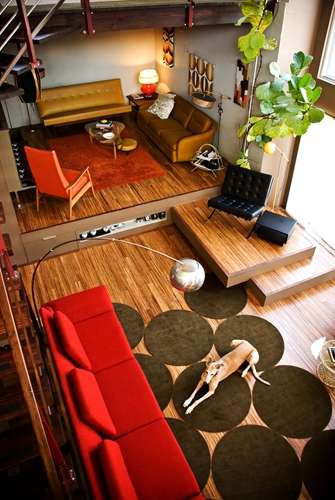More apartment complexes choose to go green

More and more people are holding off on homeownership and committing to a mortgage in in favor of renting an apartment. And renters and apartment complexes alike are seeing a trend in the rental industry: going green. There are growing opportunities for renters to add green upgrades to their property, and more and more apartment complexes are making being eco-friendly a priority by giving their potential tenants a chance to reap the benefits of green living through lower utility bills and access to public transportation.
What makes a building green?
In order for an apartment to be considered “green,” it must achieve a Leadership in Energy and Environmental Design certification. LEED is a program managed by the US Green Building Council. To earn LEED certification, hospitals, houses, commercial spaces and other buildings are judged on how eco-friendly they are. Everything from sustainability, efficient water use, landscaping and energy savings features are evaluated. LEED points are are also awarded to buildings if their managers provide education to renters regarding the eco-friendly amenities available in their units.
In these green spaces, swimming pools and laundromats are built with conservation in mind – the pools are heated with solar panels, filled with recycled water and use motion-activated lights.
Laundromats are also stocked with high efficiency washers and dryers.
To make your apartment space even more environmentally conscious, consider these tips:
Bamboo flooring
Having bamboo flooring isn’t just sound-reducing, which makes it great for apartment complexes, it’s environmentally friendly as well. Bamboo produces more oxygen and absorbs more carbon dioxide than trees, combating global warming with each shoot that is planted. The material also produces a high yield – in a single harvest, you can get about 20 times more building material from bamboo than you can with hardwood trees.
Adjust the thermostat
If you know you’re going to be out of the apartment for a long period of time, save on energy by turning the air or heat off or down when you leave. One of the advantages of living in a small space is that it heats up and cools down faster than a larger house. Simply turn it back on when you get home. It should be set no higher than 74 degrees Fahrenheit in the winter and no lower than 68 degrees in the summer.
Consider a “micro-apartment”
One trend that’s hitting a few major cities is micro-apartments. These spaces are tiny, and by using less energy they are helping to cut down on the effects of global warming.
